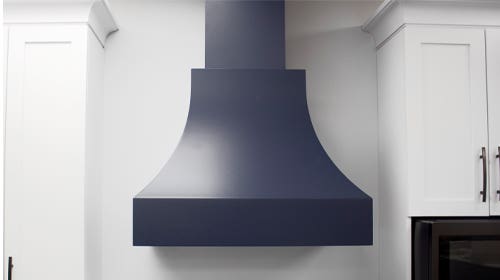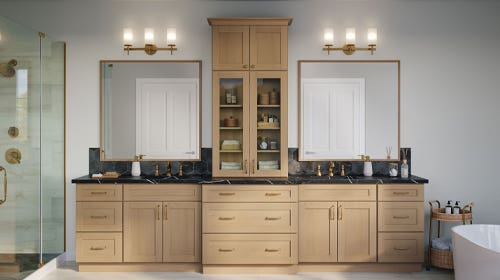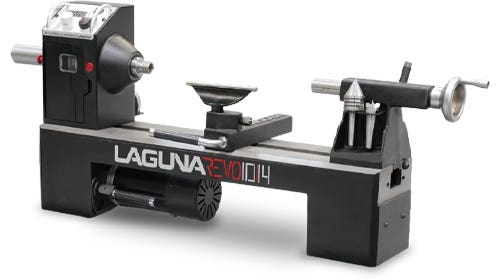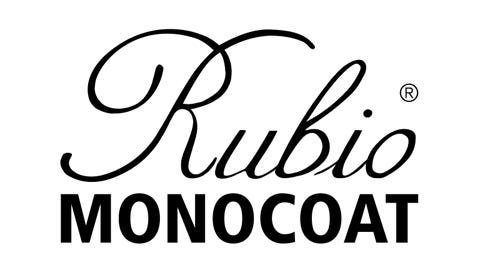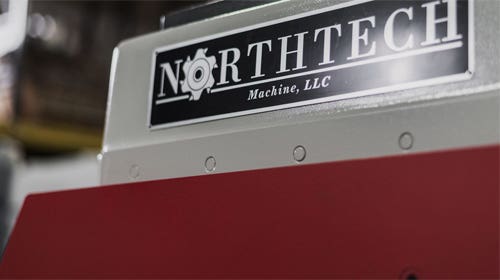Spanish cedar fills void left by mahogany
Bigleaf mahogany, once the most desired of all South American hardwoods, is well on its way to becoming a distant memory. In November 2003, the Convention on International Trade in…
Bigleaf mahogany, once the most desired of all South American hardwoods, is well on its way to becoming a distant memory. In November 2003, the Convention on International Trade in Endangered Species of Wild Fauna and Flora (CITES) imposed stricter regulations on mahogany trade by officially listing it on CITES Appendix II. Shipping of mahogany, in the form of logs, sawn wood, veneer sheets and plywood, must be accompanied by a CITES Appendix-II export permit. With shipments from Brazil indefinitely halted and a subsequent crackdown on mahogany logging in Peru, mahogany shipments from South America have virtually shut down.
For the last several years, most U.S. wood dealers and woodworkers have switched to Spanish cedar, sapele, African mahogany or jatoba to use as an alternative to mahogany. Small amounts of bigleaf mahogany are still maintained by a limited number of dealers and primarily bought by reproduction furniture makers.
"I think in physical appearance Spanish cedar is an alternative or substitute for mahogany," says Matt Westmoreland, a wholesaler with World Timber Corp. in Hubert, N.C. "It's one of those woods where if you build a piece of furniture out of it, stand back about 5', you wouldn't be able to tell the difference."
Spanish cedar (Cedrela odorata) is harvested from Central and South America. While it may look like mahogany, it's not as hard.
"It's one of those woods where I say, if you walked across it in high heels, you're going to leave tracks," notes Westmoreland.
"Spanish cedar, when compared to genuine mahogany, is not as dense," says Shawn Morgan of Advantage Trim and Lumber Co. in Buffalo, N.Y. "It's good outdoors and bugs don't like it. It will definitely hold up; it expands and contracts well without splitting. It's lightweight and easy to work, so carving and turning is easier than genuine mahogany. But again, the density is not there, so the life span of it won't be the same.
"You can pretty much carve Spanish cedar with your thumb. It's good for humidors, jewelry boxes and similar items where you want that brownish-golden look to it."
Spanish cedar is an easy wood to work with using both hand tools and machines. The wood has a fine texture, good gluing properties, and stains and finishes well. It can be stained to match the color of mahogany. Spanish cedar is probably most recognized for its use in humidors, although the wood exudes sap when freshly milled. However, if one cooks the wood to a temperature of at least 180 degrees, it stops the sap from bleeding.
There are several kinds of Spanish cedar, including a plantation-grown variety out of Africa. Although it is not a true cedar, Westmoreland gives it high marks.
"To me, it is the closest to genuine mahogany, the stuff out of Brazil or Honduras, the true Swietenia macrophylla. I've seen some Spanish cedar with black growth rings in it and obviously that doesn't look like mahogany. But this stuff I'm getting out of Africa, it looks just like a light-colored mahogany to me. You don't get as wide a board because it is plantation-grown and the rings are farther apart, but it is clear lumber and I like it."
Spanish cedar is used for exterior millwork, doors, windows, shingles, boatbuilding, Venetian blinds, picture frames and trim. It is also a source for guitar necks and is often sliced into veneer. It is generally available in thicknesses from 4/4 to 8/4 (a few dealers contacted by Woodshop News stock 16/4). Lengths are usually between 8' and 10'.
"It's about half the price of genuine mahogany and a good wood," adds Doug Newman, owner of Newman Lumber Co. in Gulfport, Miss. "It can be used for anything that mahogany can be used for. The finished product doesn't have that deep, deep, deep luster that mahogany does, but it is a good wood."
Prices for 4/4 Spanish cedar, surfaced on two sides, range from $6/bf to $8/bf.
This article originally appeared in the November 2010 issue.


